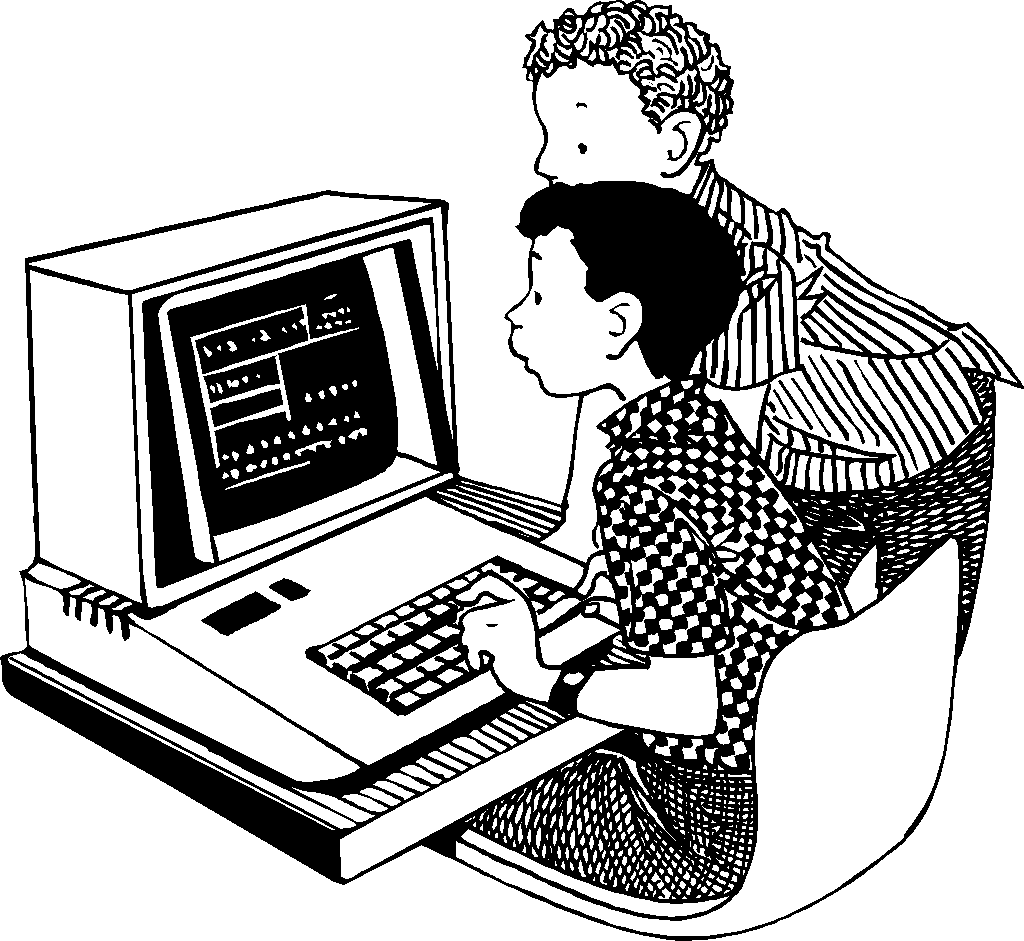

Ý
Goals
1. Familiarize students with the basic elements of research.
2. Introduce the importance of planning.
Materials
Pens and paper
Research materials
Computers
ÝÝÝ ** possible topic sites:
Survival at Sea (general)--
http://www.sarbc.org/
shipwrecks--
ÝÝ
http://law.agps.gov.au/html/sasact/0/197/0/SA000180.htm
ocean storms--
ÝÝ
http://www.usatoday.com/weather/whur0.htm
ÝÝ
http://www.solar.ifa.hawaii.edu/Tropical/tropical.html
lost cities (Atlantis)--
ÝÝ
http://sacam.oren.ortn.edu/%7Ejcbarker/atlantis.htm
Ý
CPR/first aid--
ÝÝ
http://weber.u.washington.edu/%7Egingy/cpr.html
Time
Approximately 2 hours
Procedure
1.Ý Have students brainstorm and write down several topics
related to survival at sea.
2.Ý As a class, create a concept map of topic ideas, starting
with ìSurvival At Seaî in the middle and connecting
all
ÝÝÝrelated topics you and the students can think
of.
3.Ý Have the students choose 3 to 5 topics they would be
interested in learning more about.
4.Ý Bring students to the school library or media center.
5.Ý Explain how to use the different methods of research, such
as the Internet, card catalog, reference materials, and
ÝÝÝany other research sources available.
6.Ý Allow students time to research their topics on the
Internet ** and other reference sources.Ý Have them write
down
ÝÝÝ information they find.
7.Ý Have students choose 2 or 3 topics they want to use for
their museum display.
8.Ý Form about 7 to 10 groups of students and give them time
to choose one topic together (groups can be formed
ÝÝÝ according to topic interest by the teacher,
according to topic interest by the students, or students can choose
their
ÝÝÝ group first and then choose a topic).
9.Ý Assign a take-home essay (to be turned in at the time of
the presentations) about 1-2 pages long, discussing any
ÝÝÝÝidea the student discovered through
his/her research that he/she found interesting, and why.
10. Allow students time to begin planning their museum
display.Ý Encourage students to incorporate several senses
into
ÝÝÝ their displays, such as sight, sound, taste,
and touch using things such as video, CD-ROM, audio tapes, etc.
ÝÝÝ (Display size can vary depending upon the
amount of space available in the classroom or school.Ý
Recommended
ÝÝÝ size: approximately 6 ft x 6 ft x 6 ft).
Assessment
1. Each team will hand in their topic choice along with some
information they found from their preliminary research.Ý
ÝÝ (Criteria for success: a topic is chosen along with
accurate supporting information.)
2. Each team will hand in the preliminary plans for their museum
display.Ý (Criteria for success: each team has a raw
ÝÝ plan completed.Ý See
Quality Rubric.)
Major Concepts
1. Social Studies - in depth information on a topic of survival
skills
2. Language Arts - communication and teamwork skills
3. Art - (preliminary) display design
Extensions
1. Create an outline of research findings.
2. Create a collage of the museum plan.
Go Back To S.O.S. Survival on the Sea Mini-Museum Main Page